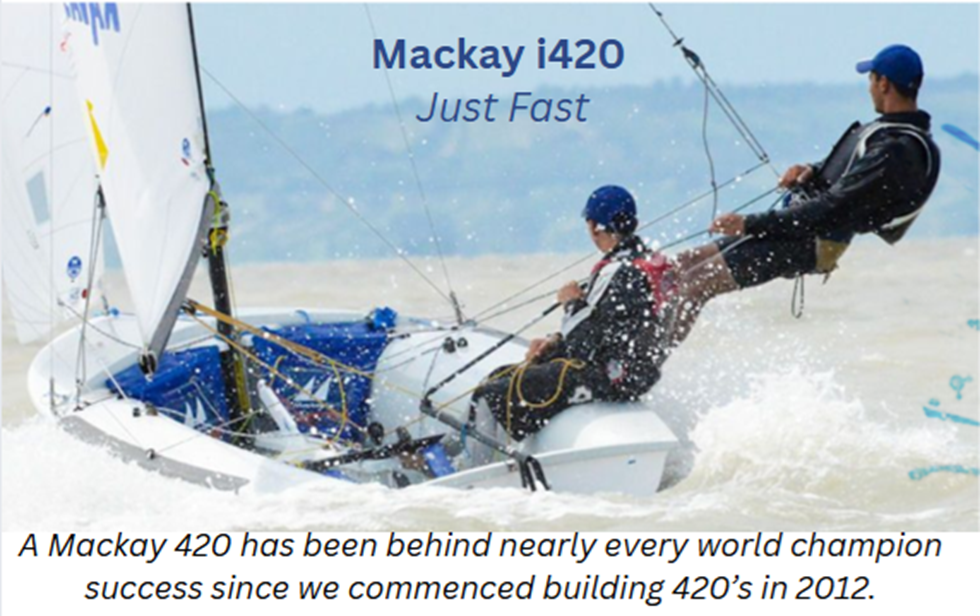By Kelly Stannard
Having started up just a year ago, UMass Dartmouth is now a fully funded women’s varsity team, with 13 sailors and three coaches. This team does not have the typical start-up story like most other teams in NEISA or other districts. Most commonly, a school has several enthusiastic sailors who start a club, work to fundraise and slowly gain support from their university. UMass Dartmouth’s story, however, starts much differently.
Jerry Jennings, the head coach is new to coaching sailing but brings years of coaching experience in other sports. Jennings was previously known for his coaching accomplishments in swimming and diving and women’s lacrosse covering a long and successful career. In addition to his extensive list of coaching accomplishments, Jerry has experience in big boat solo sailing. Jerry has help from assistant coach, Luke Hubert, former team captain at UCONN whose team had the more traditional start up story. New to the staff is Kelly Wilbur, St. Mary’s alumni and an All-American crew. Kelly just started law school at UMass and will be helping part time with the enthusiastic team of women
“Ian Day, the athletic director, approached me last year about considering heading up a new program for women in intercollegiate sailing, and I agreed to do so enthusiastically,” said Jennings. The program was put into overdrive and one year later they are now fully funded, have a complete staff and are competing in NEISA as an associate member.
The team started last October after Jerry had made a deal with the Community Boating Center of New Bedford. At the time they began there were no docks left at the CBC which made for quite the entertaining launching process for the many novice sailors and created a hassle for all. Despite the challenges of getting boats launched, the girls and new staff put in hours of practice getting the team up to speed for racing. The team of 16 was soon outfitted with drysuits and school Nike gear and set out to practice, prepping for their debut to college sailing. Jerry explained, “Out of all the girls only two had sailing experience but the rest were athletic and motivated.” Jerry and Luke taught them to sail, with varying degrees of success and constant encouragement. Having little experience combined experience with how the scheduling process goes, Jerry and Luke went to the MIT scheduling meeting last fall and signed the girls up for several events.
“We have yet to come in last, and for us it is a fun learning experience,” Jokes Jerry. “Every place we go people are extremely supportive and helpful, it’s been tremendous as a new team.”
UMass Dartmouth as a team currently are only competing in one event per weekend in NEISA, slowly getting better with every event. Jerry has set some goals up for the team, “I want the girls to become more skilled, thus more competitive and to learn at every regatta that we attend. I am being patient but at the same time making reasonable demands to improve.”
If you see the team around at an event be sure to say hello and help in welcoming them to NEISA! Maybe if you are extra nice Jerry will let you warm up in his pop-up camper he bought to bring to events when it gets chilly!





